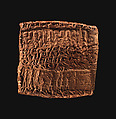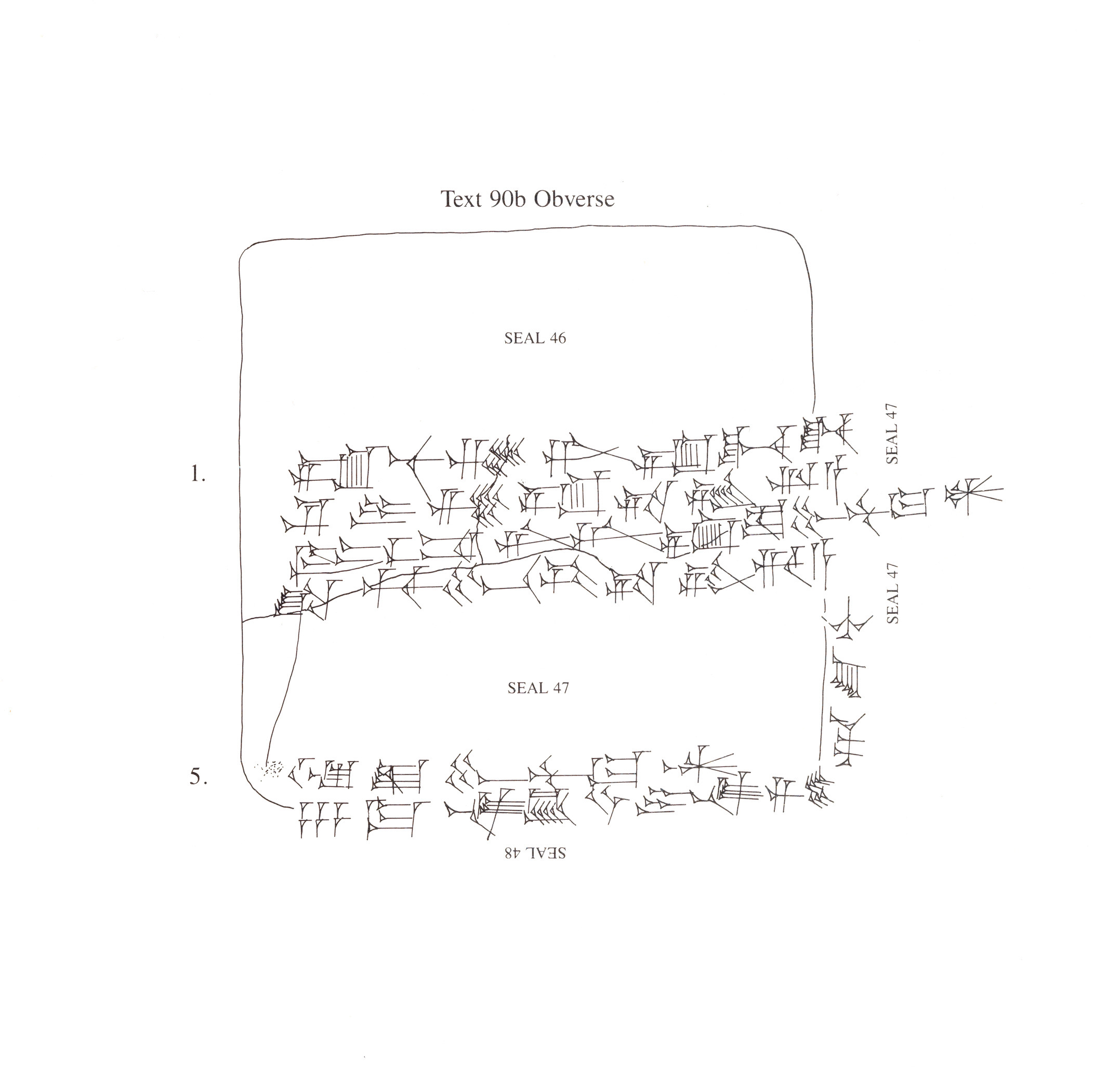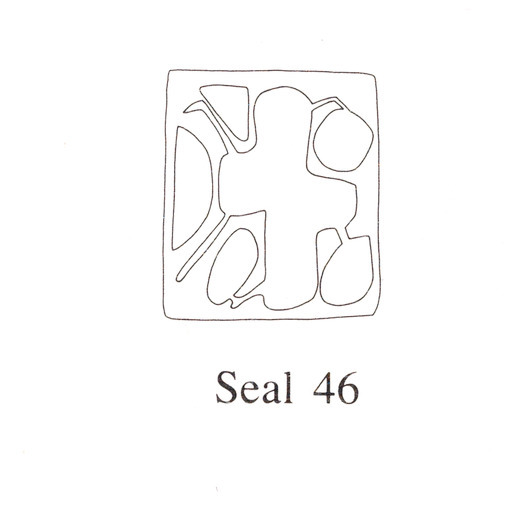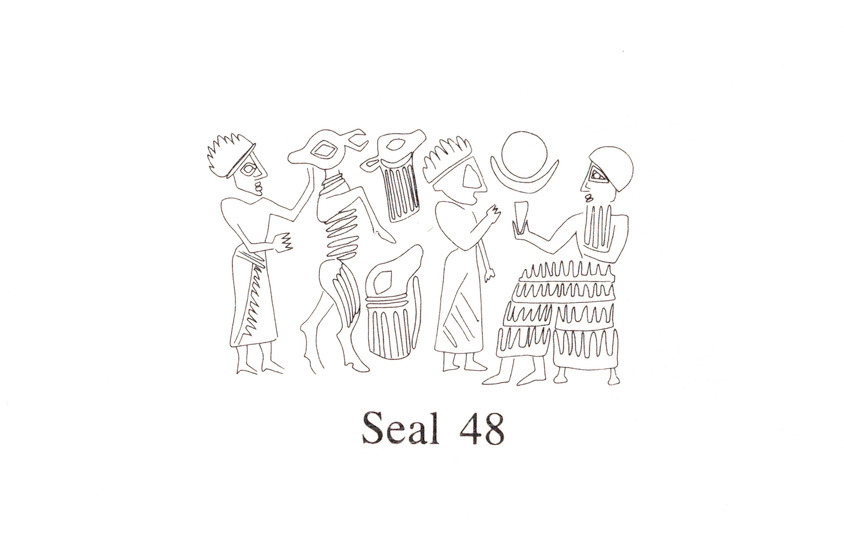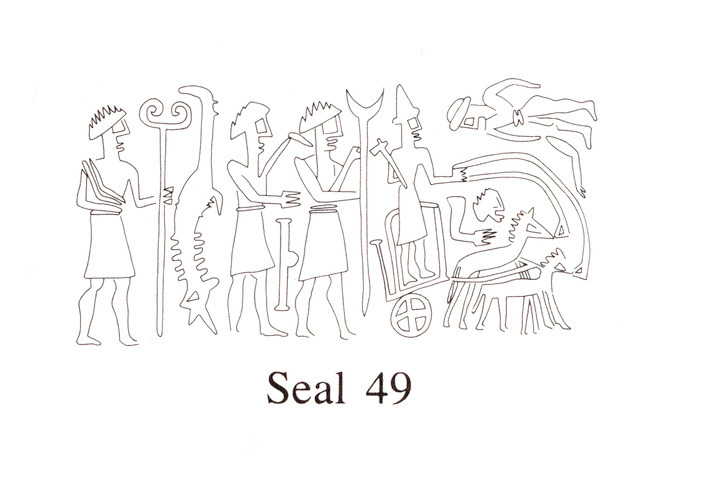Cuneiform tablet case impressed with four cylinder seals in Assyrian and Anatolian styles, for cuneiform tablet 66.245.17a: loan of silver
Not on view
Kültepe, the ancient city of Kanesh, was a powerful and cosmopolitan city located in northern Cappadocia in central Anatolia. During the early second millennium B.C., it became part of the network of trading settlements established across the region by merchants from Ashur (in Assyria in northern Mesopotamia). Travelling long distances by donkey caravan, and often living separately from their families, these merchants traded vast quantities of tin and textiles for gold and silver in addition to controlling the copper trade within Anatolia itself. Although the merchants adopted many aspects of local Anatolian life, they brought with them Mesopotamian tools used to record transactions: cuneiform writing, clay tablets and envelopes, and cylinder seals. Using a simplified version of the elaborate cuneiform writing system, merchants tracked loans as well as business deals and disputes, and sent letters to families and business partners back in Ashur. These texts also provide information about the greater political history of Ashur and the Anatolian city-states as well as details about the daily life of Assyrians and Anatolians who not only worked side-by-side, but also married and had children together. At Kültepe, thousands of these texts stored in household archives were preserved when fire destroyed the city in ca. 1836 B.C. and provide a glimpse into the complex and sophisticated commercial and social interactions that took place in the Near East during the beginning of the second millennium B.C.
This sealed clay case contained a tablet documenting silver owed to Ashur-idi (66.245.17a). The text of the tablet was repeated on the envelope, allowing the recipient to verify the contents. Text on the envelope, read from left to right, must have been written after the original text was placed inside the case, and this may account for slight discrepancies between the two. Impressions of four different seals appear on both sides and the edges of the case. On the front of the case, a stamp seal with a geometric motif was impressed repeatedly, and a cylinder seal with a Mesopotamian style presentation scene was rolled out here and on the right edge of the tablet. The reverse of the case contains two more impressions of cylinder seals that were also rolled out on the edges of the case: one depicts a presentation scene before a seated male, the other faces the opposite direction and features a procession behind a chariot driven by the weather god. While the use of the cylinder seal, rather than the stamp seal, was typically Mesopotamian, both of these scenes were carved in an Anatolian style that emphasized features such as the large eyes of the figures. The use of seals of different types and styles offers further evidence for the cultural interaction between Anatolia and Assyria.
Due to rights restrictions, this image cannot be enlarged, viewed at full screen, or downloaded.
This artwork is meant to be viewed from right to left. Scroll left to view more.
